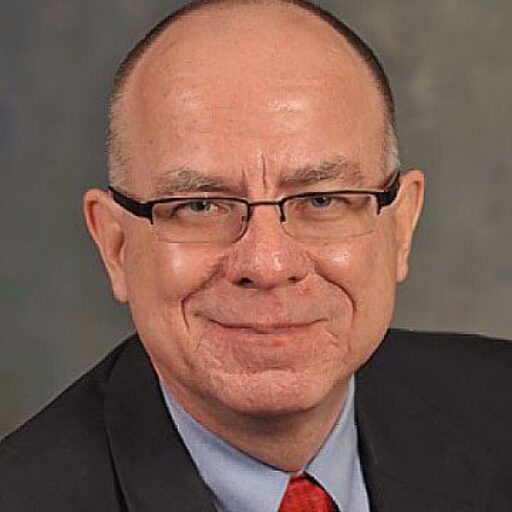What is the Digital Divide?

Watch the AskimoTV Interview: Michael Liimatta
Most people think of the “digital divide” as the gap between those who are able to benefit from computers and Internet resources and those who cannot. It is not just about the inability to access technology. It is also involves the lack of training necessary to use it effectively. It’s true, even here in the Kansas City area there are thousands of people who could greatly benefit from online resources but lack access to a high speed connection to the Internet and the equipment needed to access it.
 According to the Pew Internet & American Life Project, only fifty-four percent of adults living with a disability use the Internet, compared with 81% of adults who are not disabled. Although many disabled people have no trouble using the Internet, a large percentage of them are not able to access it in their homes.1 Their research also notes that only 42% of adults over 65 access the Internet. Additionally, just 63% of people with annual incomes under $30,000 are online compared to nearly 90% of those with incomes over $50,000.
According to the Pew Internet & American Life Project, only fifty-four percent of adults living with a disability use the Internet, compared with 81% of adults who are not disabled. Although many disabled people have no trouble using the Internet, a large percentage of them are not able to access it in their homes.1 Their research also notes that only 42% of adults over 65 access the Internet. Additionally, just 63% of people with annual incomes under $30,000 are online compared to nearly 90% of those with incomes over $50,000.
There is an even greater need outside of the US, especially in developing countries where less than 1 in every 1,000 people have access to a computer. That compares to nearly 600 in every 1,000 in the developed world. 3
All this shows that we still have a significant portion of the population who are unable to use the Internet for such activities as connecting with loved ones, job searches, accessing information on housing and social services, online learning opportunities and finding important health information.
With current wireless technology and lots of useable recycled PC equipment, there are ways to close this gap significantly if these resources were allocated properly. So, there is a need for advocacy so everyone in our society can enjoy the benefits of connecting in the digital age.
There is a second aspect to the Digital Divide. It is the gap between available technology and the use of these resources by nonprofit organizations. As a 2005 article states, “While today they typically have computers, Internet access, email and basic software applications, experts said, nonprofits still often lack the training and leadership to use that technology effectively, and are finding it tough to secure funding to pay for technology as an ongoing cost of doing business.” 4
While corporate America is developing and using new technology at a dizzying pace, some estimate that nonprofit organizations are five years or more behind in being able to make effective use of what is currently available. Even when the cost of broadband Internet access and PC equipment is falling, there is still a great need for training for end users at nonprofit organizations.
A case in point is the whole social networking phenomenon. Nonprofit organizations now have the opportunity to get closer than ever to their supporters and the people they serve. Yet, few not-for-profit organizations have made use of this resource to raise funds and better serve their constituents.
It is time for those of us who are tech savvy to use our time and talents to close this gap! Now, Google is bringing a ultra high-speed fiber network to the Kansas City area. Those of us who have lived in the digital world for awhile need to ensure that community groups and nonprofits have a place at the table as planning and implementation of this new network moves forward. And, once it is up and running, we need to help them learn how to use it to accomplish their missions.
This is exactly what we hoping to accomplish through Connecting for Good, a nonprofit organization established in 2011. We’re working to make sure everyone benefits from Google’s new ultrahigh speed gigabit fiber network — regardless of their income.. If you share our passion, be sure to subscribe to this site. We are also looking for volunteers, blogger and board members to get involved with us. To get more involved, use our contact form to get in touch with us!
For more information on our local situation, see Google Fiber‘s Digital Divide study Kansas City’s Digital Divide released on June 22, 2012.
Sources:
1 Techology on MSNBC.com
2 Who’s Online: Internet User Demographics, Pew Research Center’s Internet & American Life Project
3 Bridge the Digital Divide web site
4 Despite Years of Discussion, There’s Still a Digital Divide, The NonProfitTimes , Nov. 1, 2005
To learn more about my efforts to bridge the Digital Divide in Kansas City, visit Connecting for Good.



